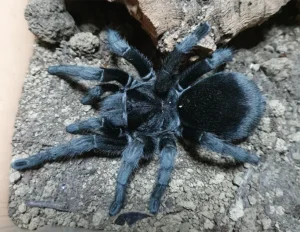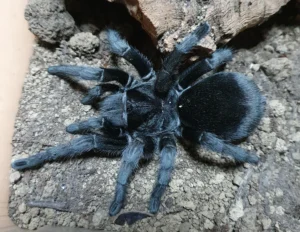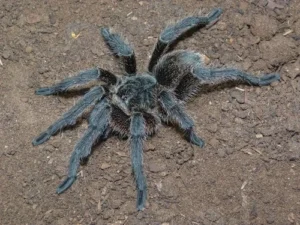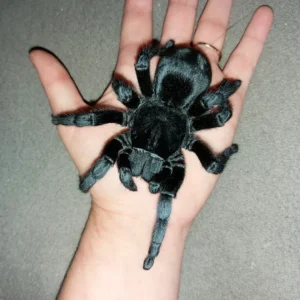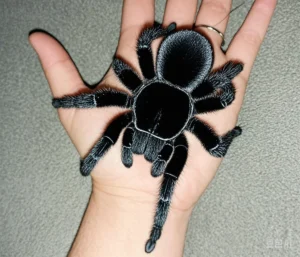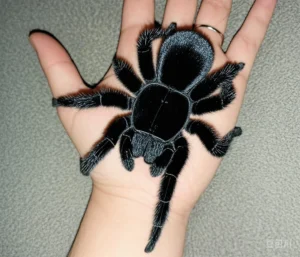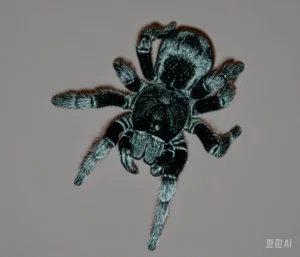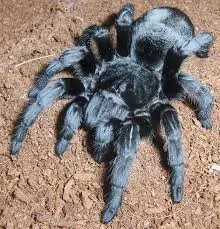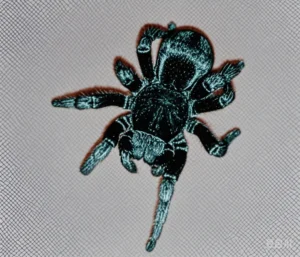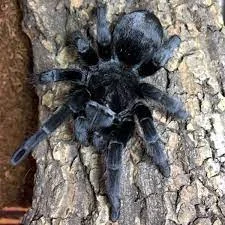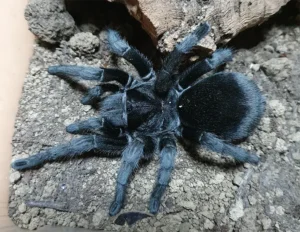Ethical Considerations in Keeping Grammostola pulchra as a Pet: Wild vs. Captive-Bred
Acquiring a Grammostola pulchra, like any exotic pet, comes with ethical responsibilities. One of the most significant considerations is the origin of the spider: was it collected from its natural habitat (wild-caught, WC) or bred in captivity (captive-bred, CB)? This choice has implications for the individual animal’s welfare, conservation efforts, and the sustainability of the hobby.
The Appeal of Grammostola pulchra
The Brazilian Black’s popularity due to its size, jet-black coloration, and generally docile temperament creates significant demand in the pet trade. This demand can unfortunately incentivize unsustainable or unethical collection practices if not carefully managed through responsible breeding programs.
Wild-Caught (WC) Issues
Acquiring wild-caught G. pulchra poses several ethical and practical problems:
- Impact on Wild Populations: Unsustainable collection can deplete local populations, especially if large numbers of adults (particularly mature females crucial for reproduction) are removed. This adds pressure to populations already potentially facing habitat loss.
- Stress and Mortality: The process of capture, holding, and international transport is highly stressful for tarantulas. Many WC individuals arrive dehydrated, stressed, injured, or parasitized, leading to higher mortality rates shortly after acquisition compared to CB specimens.
- Acclimation Difficulties: WC tarantulas may find it harder to adapt to captive conditions (temperature, humidity, enclosure size) compared to animals raised in captivity from birth.
- Parasites and Diseases: Wild specimens are more likely to carry internal or external parasites (like nematodes or mites) that can be difficult to treat and potentially spread to other animals in a collection.
- Unknown Age and History: It’s impossible to know the age or health history of a WC tarantula accurately.
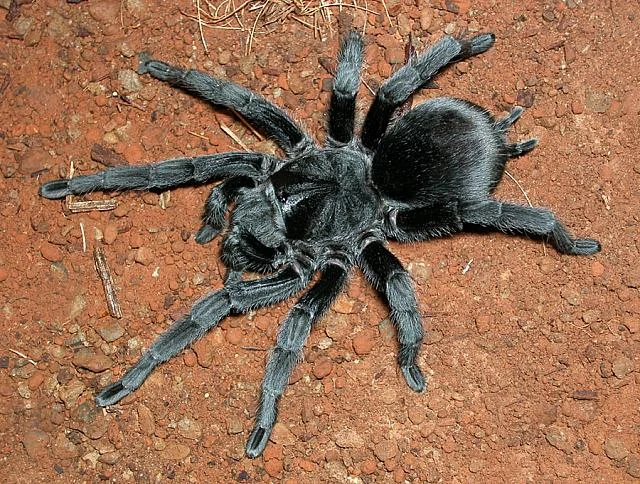
Captive-Bred (CB) Benefits
Choosing captive-bred G. pulchra is widely considered the more ethical and sustainable option:
- Reduced Pressure on Wild Populations: Supporting CB sources directly reduces the demand for WC animals, lessening the impact on natural ecosystems.
- Healthier Animals: CB tarantulas are generally healthier, better acclimated to captive conditions, and less likely to carry wild parasites.
- Known History: Reputable breeders often provide information on the lineage and approximate age (especially for spiderlings).
- Supporting Responsible Hobbyists: Purchasing from ethical breeders supports individuals contributing positively to the hobby and potentially to future conservation knowledge.
- Better Temperament (Potentially): While temperament is individual, CB animals raised with minimal stress may be calmer overall.

Making the Ethical Choice
For prospective owners, [choosing between wild-caught and captive-bred tarantulas](https://www.lopehare.com/tarantula-pet-care/) should strongly favor the CB option whenever possible. Key steps include:
- Ask the Seller: Inquire directly about the origin of the tarantula. Reputable dealers and breeders will be transparent. Be wary of vague answers or unusually low prices for adults (which are more likely to be WC).
- Prefer Spiderlings/Juveniles: Most WC imports are adults or sub-adults. Purchasing spiderlings or juveniles significantly increases the likelihood they are CB.
- Support Reputable Breeders: Seek out established breeders known for ethical practices.
Beware “Farmed” Claims: Sometimes animals collected young in the wild and raised briefly are misleadingly called “farmed.” True captive-bred means bred and born in a controlled environment.
Responsible Ownership
Ethical considerations extend beyond the source. Responsible ownership includes providing appropriate long-term care, understanding the animal’s needs, and never releasing captive pets into the wild, which can harm native ecosystems and is illegal in most places.
By prioritizing captive-bred Grammostola pulchra and practicing responsible husbandry, keepers can enjoy these magnificent arachnids while contributing to a more ethical and sustainable hobby.
References:
- Discussions on ethical sourcing within the exotic pet trade communities.
- Information on CITES and wildlife trade regulations (general principles).

